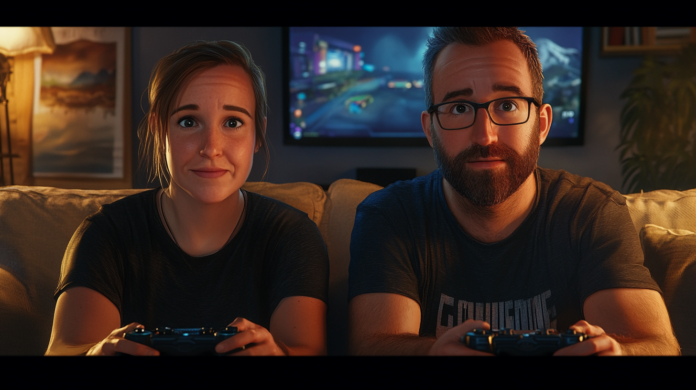Everyone has heard the ever so popular notion of taking 21 days to break a habit. Well, news alert…researchers (Lally et al., 2009) suggest on average that this simply can take more time. Moreover, it’s probably affected by many factors e.g., amount of caffeine, what type of habit, triggers, sleep… the list goes on. We are creatures of habit until we are not. So how then do we overcome thought-barriers when it comes it low-code design/thinking?
Below I will discuss some theory and strategy to move from “Should I get automating”, to “Let’s get automating!”
- Total Immersion: We hardly ever form a habit consciously, so then why do we focus so hard on kicking it? Seems silly. DNA programed, reprogramed, reprogramed. Mostly without thought. We usually have little input into these things, so its unfair to expect placing emphasis on removal. So how do we break the pattern? Total immersion. Jane McGonigal authored a book in 2011 titled Reality Is Broken: Why Games Make Us Better and How They Can Change the World, and in it we learn that humans like games. Why do they like games, because they can escape reality. They thrive off of immersion. Crave it. Gamification = Total immersion. Total immersion = breaking habits. AKA, Reality is Broken. Sometimes we need to get out of our own way. So if you want to change a thought, don’t think about it, figure out a way to make it so. Make Digital transformation fun and rewarding. Did someone say hackathon? To be clear, gamification is not for everyone and probably isn’t a first step. I am merely suggesting that sometimes we need to forget about thinking and just be in the process of creating.

- Evaluate all digital transformations: We still need to be intentional about our low-code initiatives. Getting people immersed is one thing, but we still want to make sure we have diligent intent. Encourage ideation and digital transformation processes that help people get to their best self, but loosely understand the why and the value that it will bring to an organization. Many times I don’t realize maximize potential until mid-flight, that’s OK too. We don’t need to figure out “greatness” before we get started. MSFT has developed a pretty slick solution called the Automation Kit that was developed around Power Automate, but it can be used for just about any project. How does this encourage and engage more of your end-users? Evaluation is a powerful tool that not only helps understand the full ROI but it helps end-users understand the impact of their automation. That is converted to motivation and happiness. The drive to automate more and be better.

- Spread the gospel: Where does the “Power” come from when we talk Power Platform? It comes from empowering the people. When good things are done, tell someone. Showcase the value and the awesomeness. This will fire up the base, get them in on the game, and it supercharges the citizen author. Hearing more, means thinking more. Be willing to talk about creating something great. Telling others generates ideation and more drive. The more they hear, the more they use, the more they tell others and now we have created a cyclical community. Give-Make-Give.
- Licensing Later: I’ve been building my basement from the ground up over the past 2 years. That’s a story for another day, but when I first started I needed some tools. I started with a new hammer. Not the silly kind that comes on your Walmart handyman kit. A real hammer. So naturally, I went out a bought the hammer. I already knew that the hammer was going to be a big win and really add value to my basement. I didn’t need to worry about the cost or the limitations. I bought exactly what I needed and I understood the value it would bring. Sometimes we just need to get to building. The right licensing is important, but if you are evaluating everything correctly (see 2 above), then you maintain the right focus on the solution. Don’t plan the solution around licensing, but buy the right licensing for the solution. Know about licensing, but don’t make it about licensing.
Summary
There you have it. If you can immerse your end-users in the right solution thought process, develop FOR the solution and NOT around it, evaluate the solution, and tell others about the solution, your workforce will feel empowered. They will automagically do things to improve outcomes for their own wellbeing as well as being an unattended agent of change for the organization. Think about at least one of the above and how you can apply it to your organization’s low-code roadmap.


